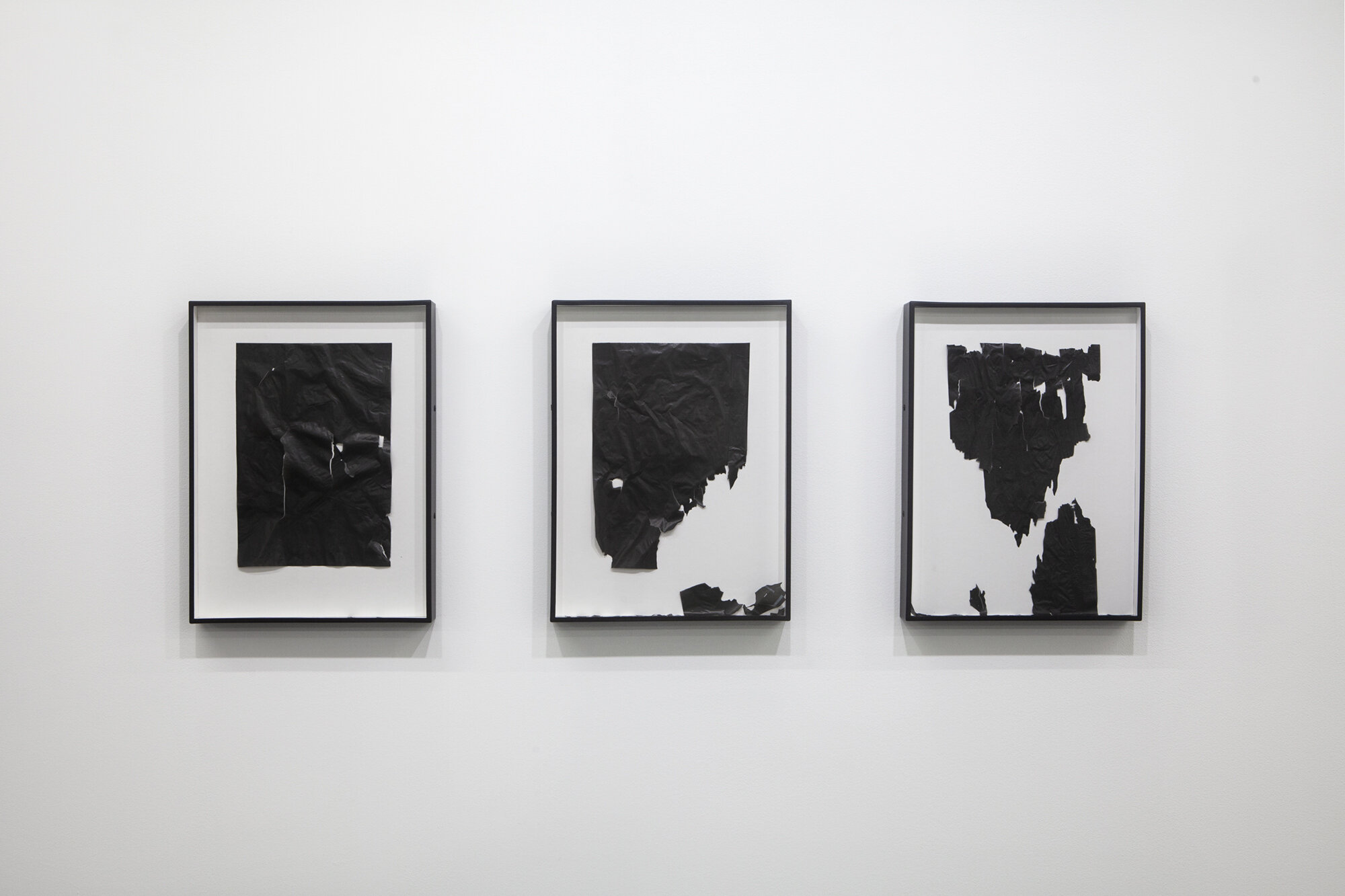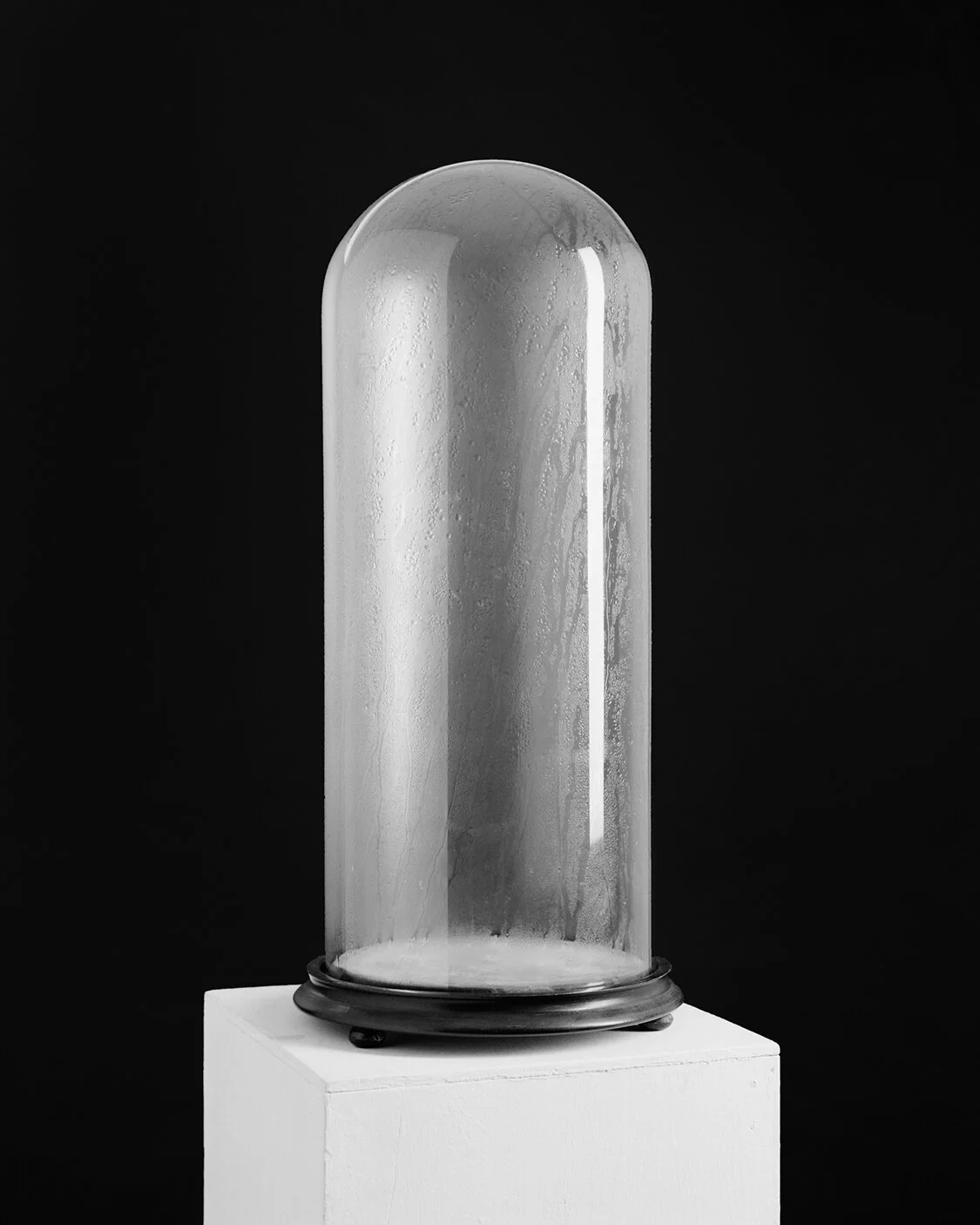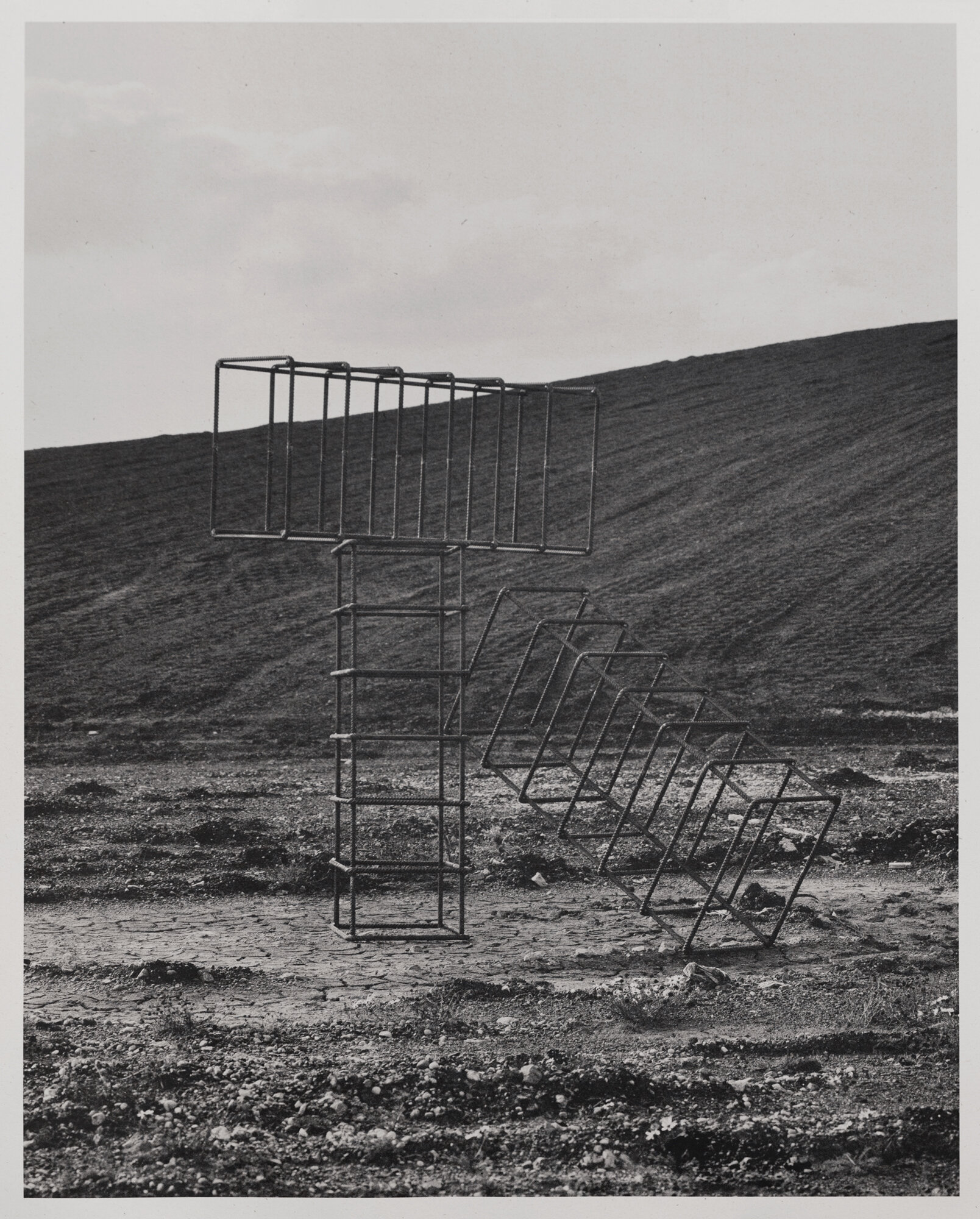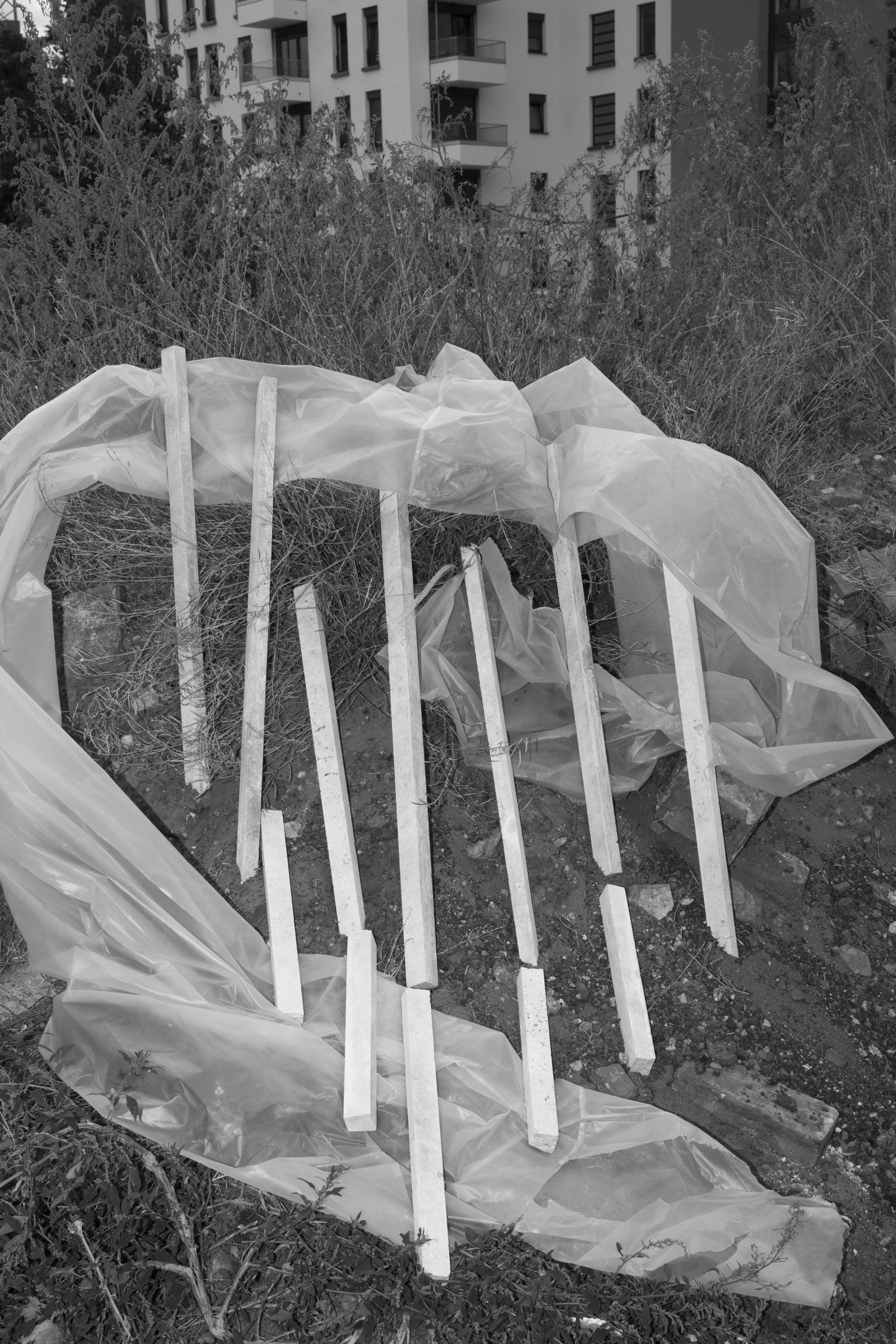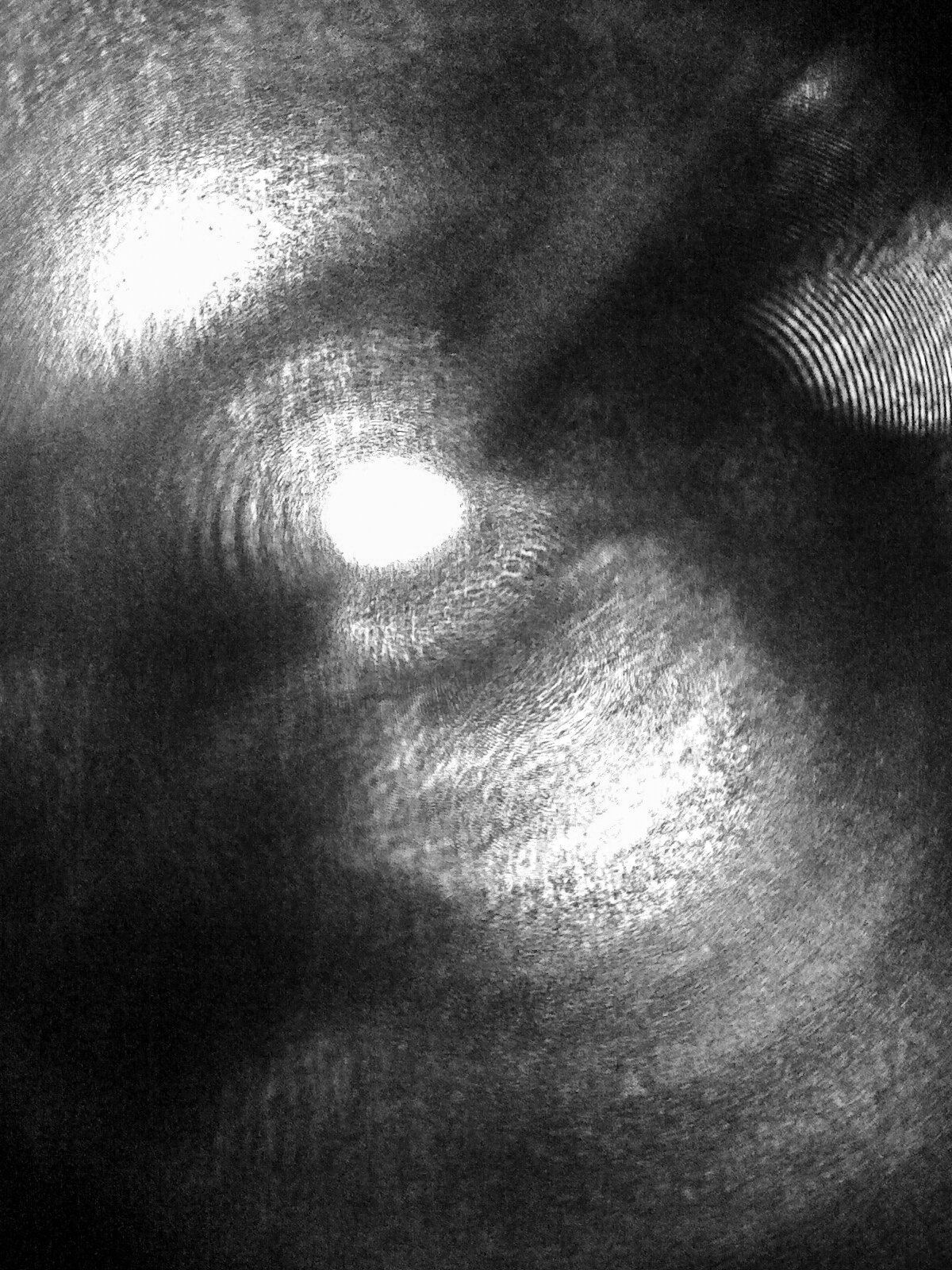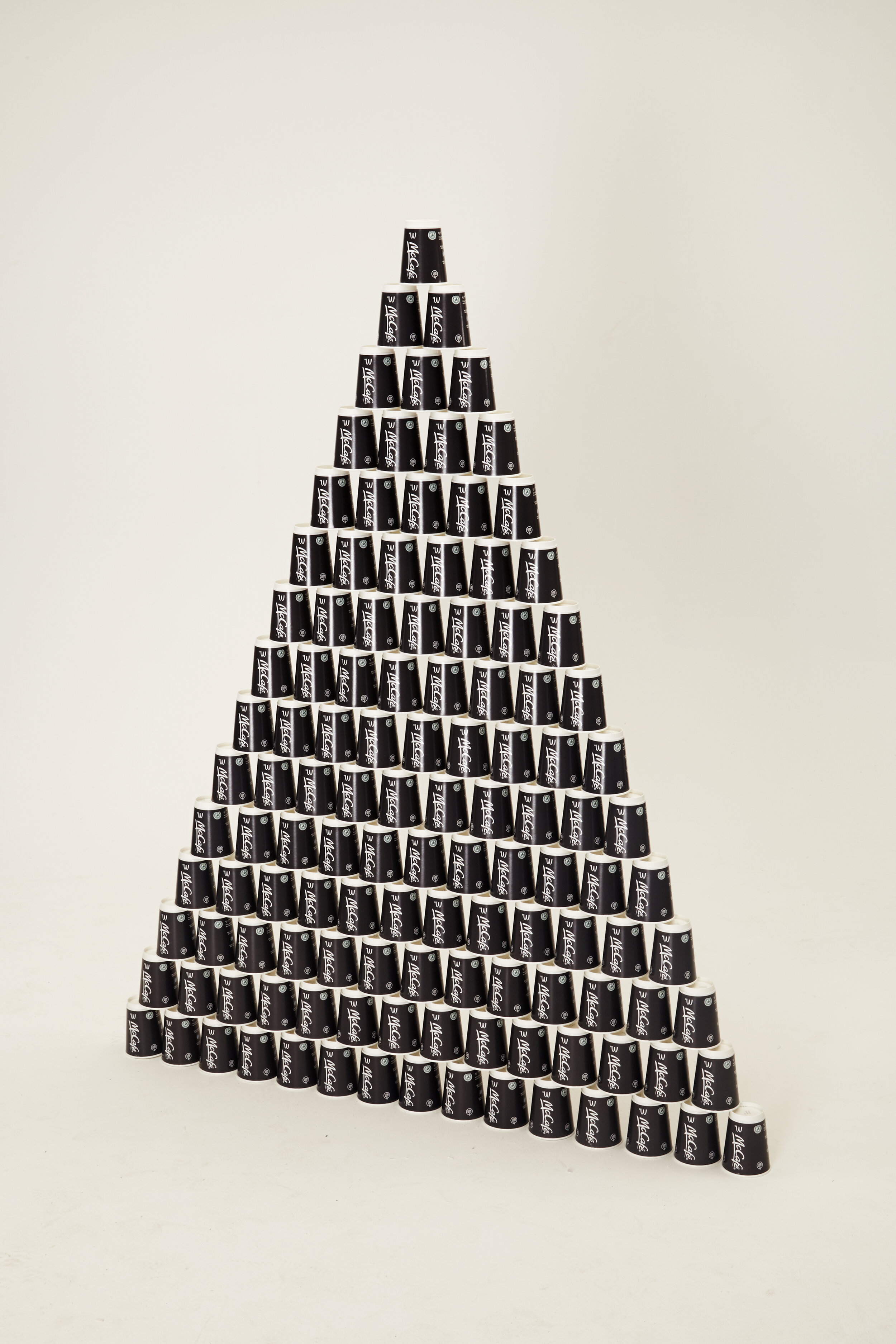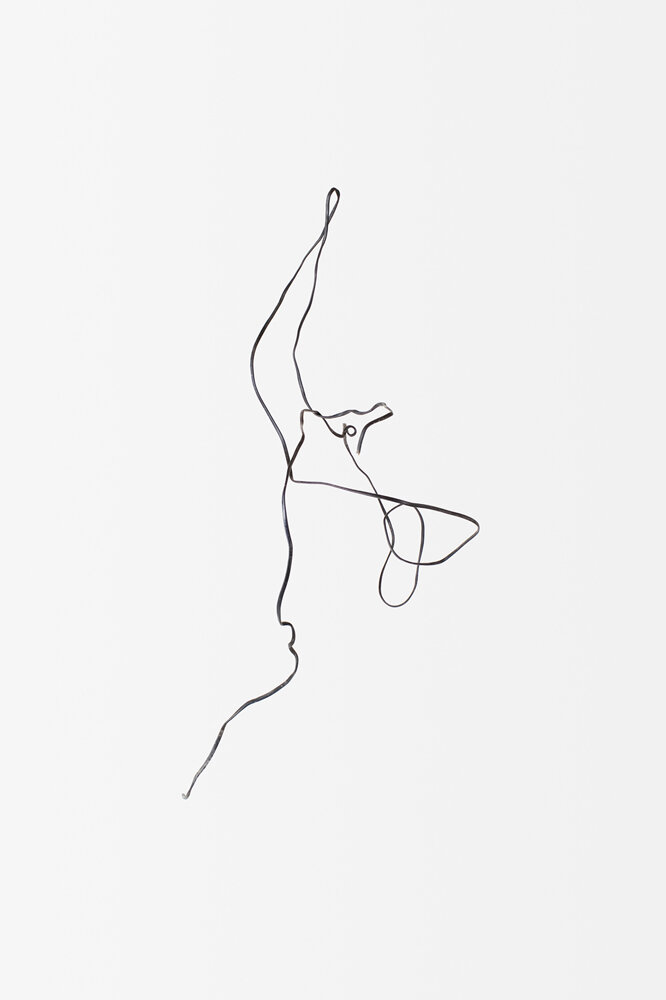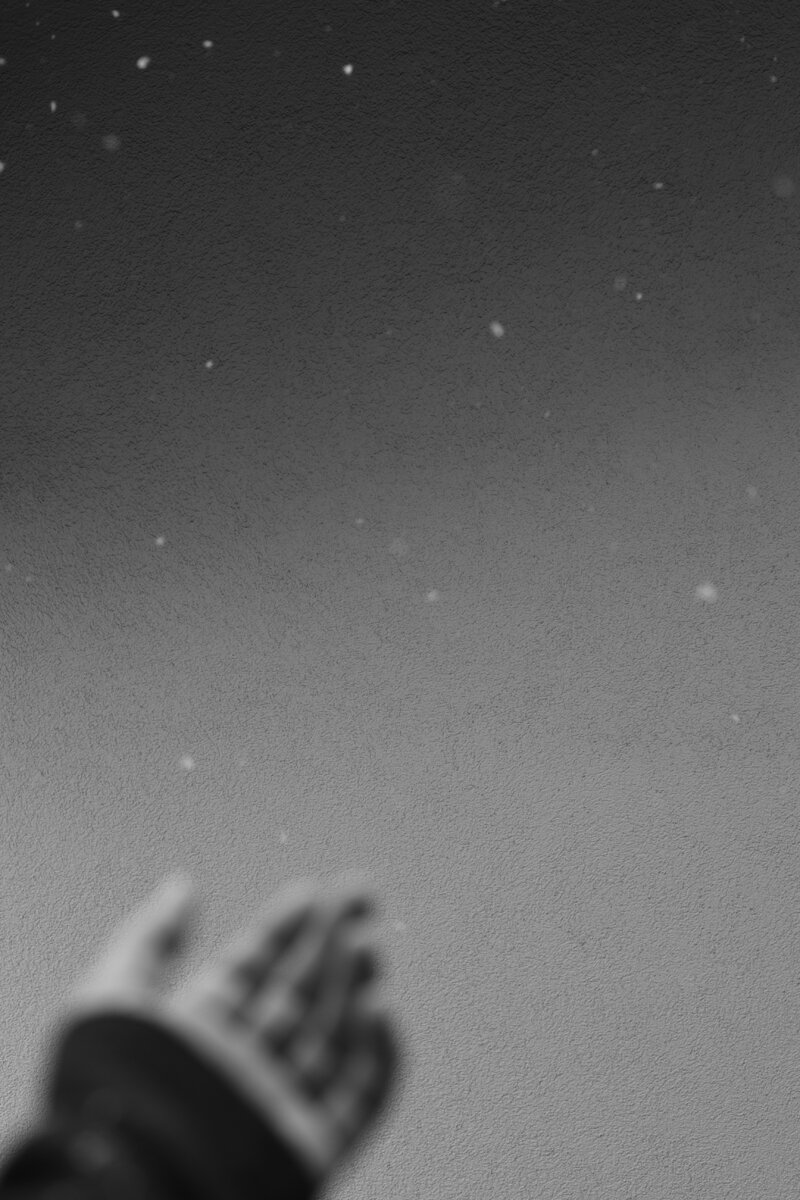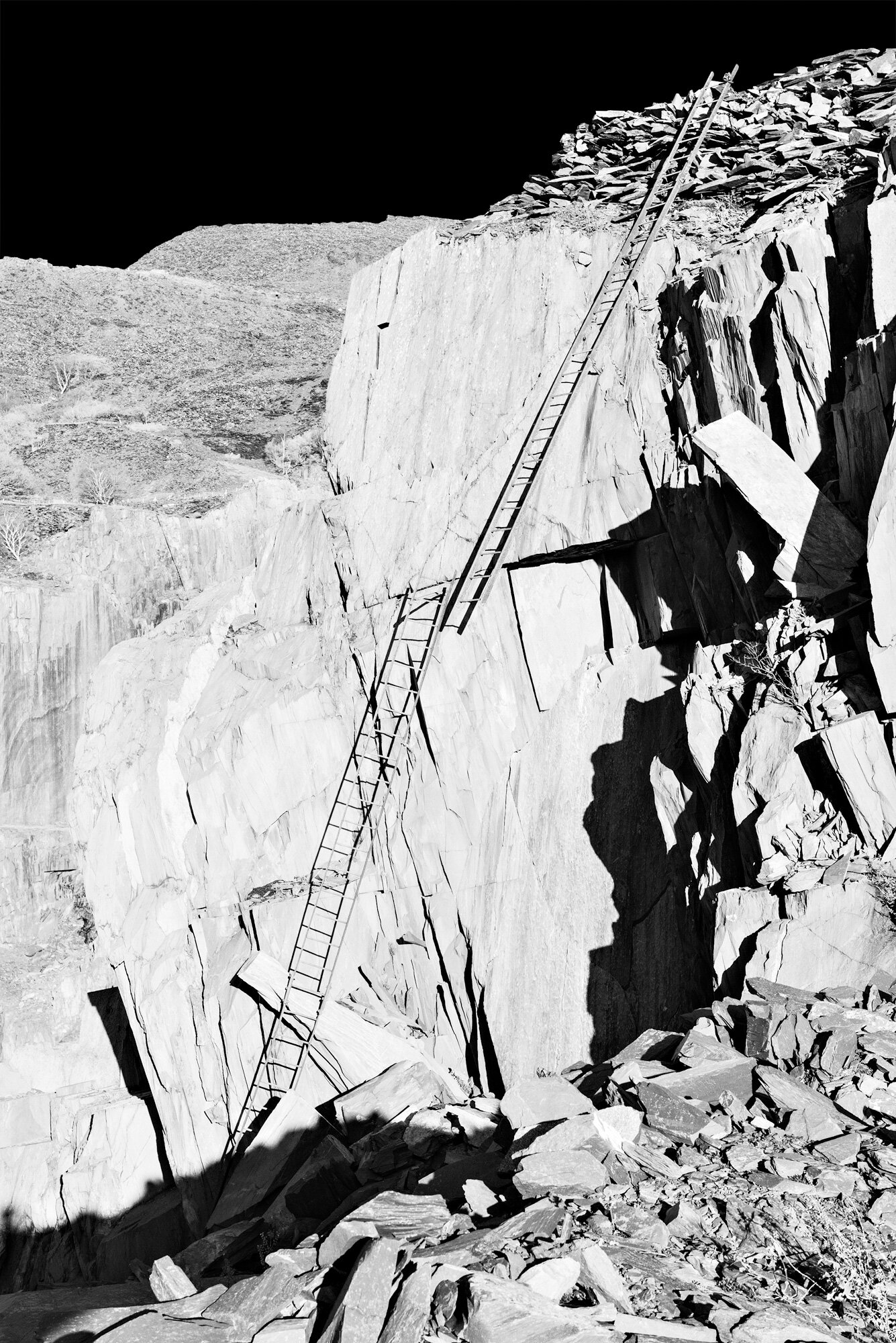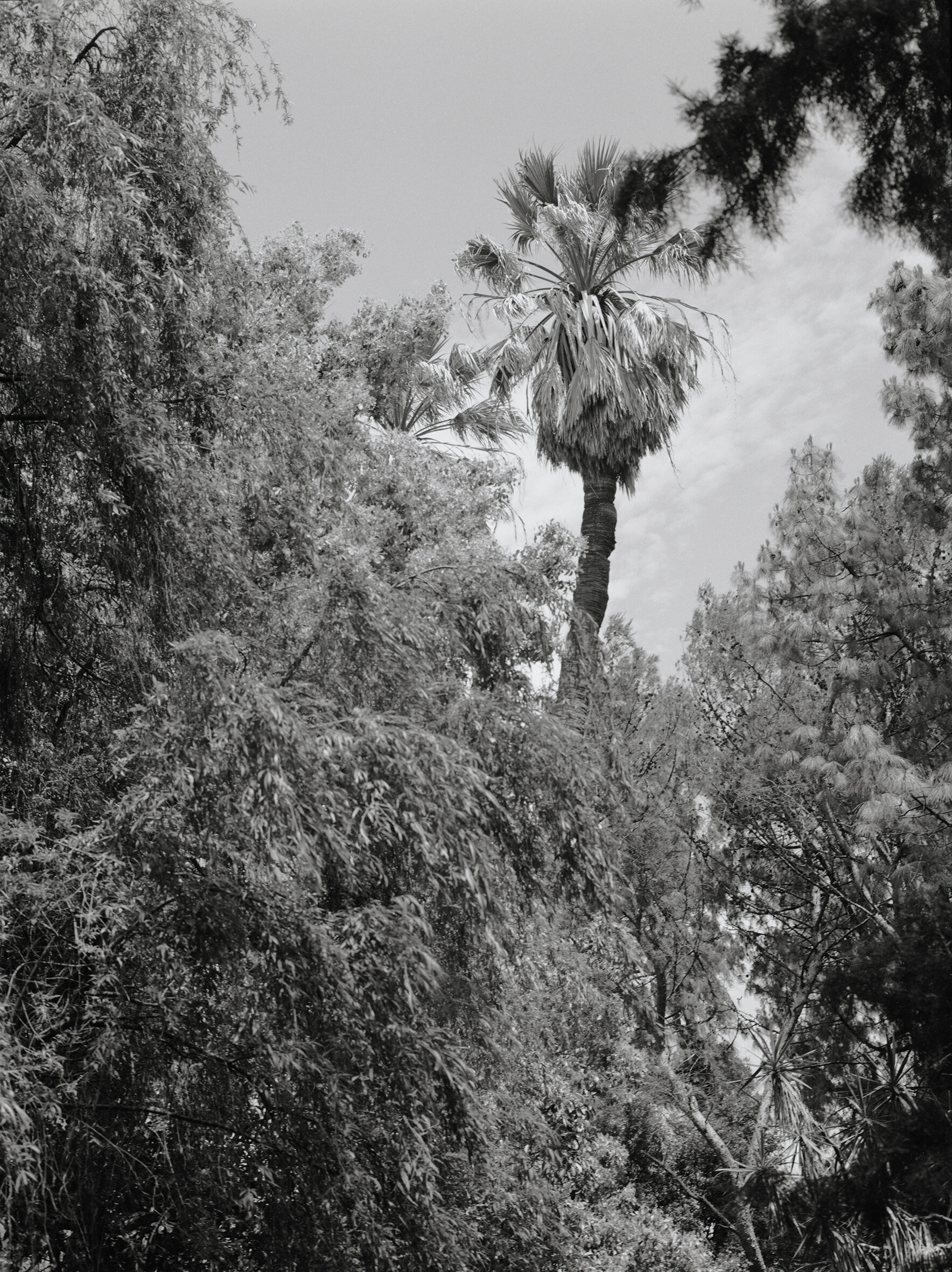Federico Grandicelli #25
COLLECTIVE 25
FEDERICO GRANDICELLI
Collective focus on the artistic process of one emerging artist; we learn about their sculptural practice and how it relates to construction, deconstruction, or both. Questions by Joanna Cresswell.
Tell us about your process. What reference or influence do you take from other mediums? What are the important elements of what you do? Whenever I devote myself to a new process or a new material, I come up against a range of limitations that is different every time: often my work is to push the materials as far as they can go. I believe that interesting things begin to happen, starting from a genuine physical relationship between the images, when we go beyond the limitations of the photographic paper and start to have a physical relationship with the material.
The background in physics is fundamental in my work, sometimes art and science complement each other and converge in my process that has a strong materiality, but with a deep conceptual base as structure, that is the core of my research on formality. The basis of my artist practice is having a rigorous process, direct and relatively simple always concerned with making something unusual. My influences come from several mediums, but the way sculptors work has always been fascinating to me, mostly their competence in using, optimizing and valorizing materials, I have always respected this characteristic. Performance is another aspect and it has an impact in the way I work in the darkroom – where the space becomes more an atelier and studio space than a printing room – but at the same time I don’t feel the strong need to show my action-making, so in my case it is the hidden side of my work.
Are these pictures concerned with exploring formal and aesthetic interests, or are they representational, metaphorical? What is the weight that holds these pictures together? As I mentioned, the conceptual thinking is essential in my work, it is the tool I use to express my research on formality. Equivalenze explores concepts like formality and aesthetics through a combination of a pragmatic linear logic with an inner desire to break the rules. The representational and metaphorical live together thanks to the biunique correspondence between the Polaroids and the abstract photograms. I wanted to narrow the possibility of interpretation of the viewer. I wanted the abstract image to have a connection/correlation with reality, with the concrete figure (the paper sculpture in this case).
Are you a photographer or an artist using photography? What is for sure is that the longer I work with the images, the less I find it interesting in using only my camera to express myself, and I find myself mostly using materials that have something to do with photography, but not always. Very often interesting things start to happen when I use objects that are as far as possible from photography. At the same time I am a control freak – I don’t feel comfortable in making something that doesn’t follow formal rules or obeys to a precise set of bonds based on decisions I had made beforehand – so the execution is not just a perfunctory affair but a delicate part of the process that I usually perform with a large format camera or photo based materials.
So, based on this and based on how we classify photography nowadays, I define myself as an artist using photography. But the technicality and competence as a photographer is essential. We have to admit for example that composition is a reality call, and some strong/effective images would not exist if photographed in a different way; so the borderline is not clear.
Does your work reflect on the medium of photography or the photographic image? If so, is that intentional? Both, because of my inner nature to give myself rules and then break them in a second moment. I could use the plural and say that "photographic images" is the closer answer, but it is still not accurate. Since my project Cognitive Dissonance, being an expert traditional colour printer, I have always worked with abstract images and their potential, transforming my darkroom into a studio, but my experimentation did not stop with my work with photographic materials and techniques; it became charged with profound reflections on the nature of photography itself. Conceptually in my work I am researching the rules that contribute to the meanings we attribute to the word formal.
In Equivalences, creating a generator/generated dichotomy, the research is conducted by creating a series of formal images that are self-consistent; but the transparency of photography, the presumed direct relationship between reality and representation, is simultaneously demonstrated and negated, traversed and unfolded. This research is not concluded, and it is my intention to continue of course.
Typically, are your works more about construction or deconstruction? The truth is in the middle. Surely the abstract is well combined with my pragmatism, heritage of my scientific studies. An abstract image is a deconstruction process; however in my case Abstract helps me to create a mental concept, that then I formalize on paper so that every result comes from a conscious decision. Sometimes the concept behind the work itself is abstract, it can be for example the attempt to combine two words that are not friends with each other, or by trying to convey a mathematical concept through photograms – like in my work Cyclic Permutations. All these tensions are the core and fulcrum of what I like to do.
In Equivalenze things became interesting while crossing the limitations of the photographic paper, allowing a physical relation with the material, and my interest in the constructive aspect is clearly manifested. At the same time, while shaping the paper sculptures, I discovered extremely beautiful forms. These latent forms slightly break the formal process without removing consistency, and at the same time they are part of it, they are genuine and as an artist working with the concept of image I feel that we have to respect them.
Are you interested in the notion of your pictures as objects? Do you think about how their physicality may endure as you are photographing them or is that an afterthought? Yes, I am very interested in these aspects. As I said before, I am interested in creating images that can be self-consistent. That means that I am essentially trying to create a correlation between them, between pictures as objects and objects as pictures and to do so their physical endurance is an essential quality since the beginning.
Often sculptural photographic works are concerned with elevating banal objects, situations or events to a status of ‘art’ – when does something become art for you? It is a very challenging question, for me working with art is about our ability to give answers to those questions that matter the most to us. What is a formal image? Which aspects are conceived and perceived as formal? What is the state of the art of the connections between formality, conceptual thinking and aesthetics?
The “elevation” happens whenever I can recognize in something all the patterns that lead to the base of my research. That means, formal aspects, conceptual bases, latent information and aesthetic canons. Very often it is about the need to discover new things using common objects that have been for long time in my drawer or on my desk. Sometimes it comes from materiality and competence. Being able to recognize how precious a certain material is against another one, knowing its characteristics and limits, is a fundamental component to start to work with it.
WWW.FEDERICOGRANDICELLI.com
Titles from top:
Equivalenza 1
Equivalenza 2
Equivalenza 3
Equivalenza 4
Studio Dinamico 4
Installation shot Totem 1 and Totem 2
Installation shot Equivalenze
Installation shot Studio Dinamico 1, Studio Dinamico 2, Studio Dinamico 3, Studio Dinamico 4
Published by Trine Stephensen, May 2016












